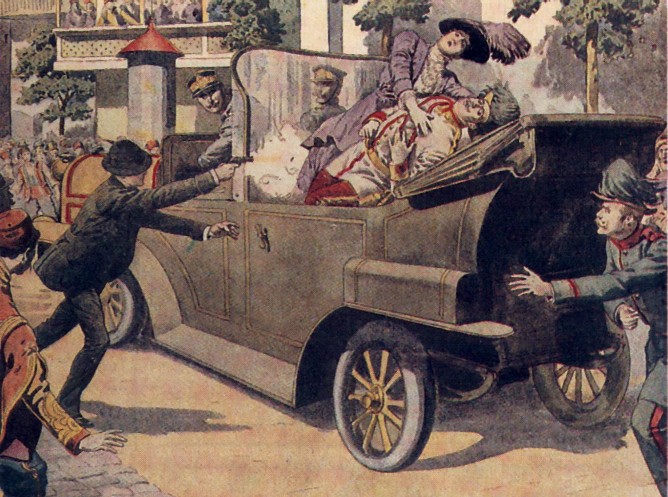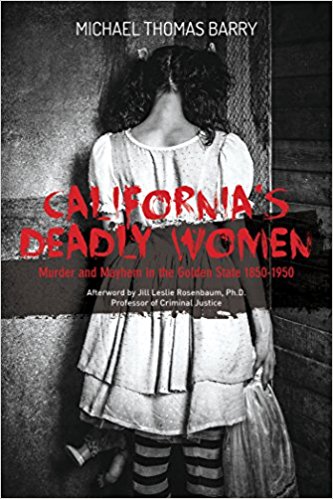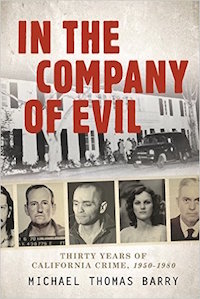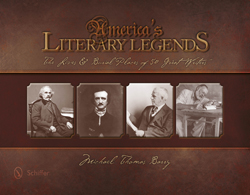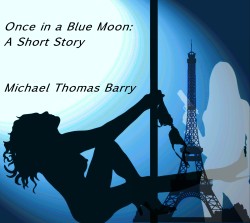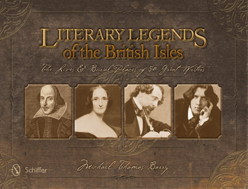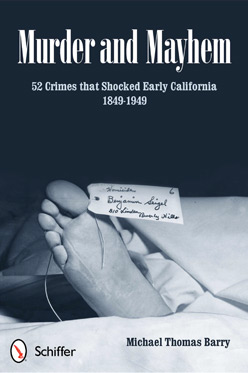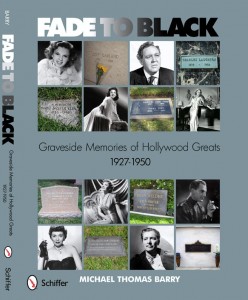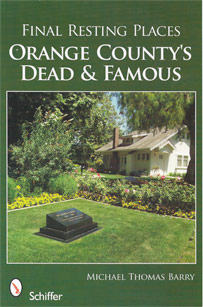07.04

On this date in American literary history – July 4, 1855, Walt Whitman’s first edition of Leaves of Grass was published. Whitman was born in West Hills, Long Island, and raised in Brooklyn. He left school at the age of 14 to become a journeyman printer and later worked as a teacher, journalist, editor, and carpenter to support his writing. In 1855, he self-published Leaves of Grass, which carried his picture but not his name. He revised the book many times, constantly adding and rewriting poems. The second edition, in 1856, included his “Sundown Poem,” later called “Crossing Brooklyn Ferry,” one of his most beloved pieces. Whitman sometimes took long ferry and coach rides as an excuse to talk with people, and was also fond of long walks and cultural events in Manhattan. In 1862, Whitman’s brother was wounded at the Battle of Fredericksburg, and Whitman went to care for him. He spent the rest of the war comforting both Union and Confederate soldiers. After the war, Whitman worked for several government departments until 1873, when he suffered a stroke. He spent the rest of his life in Camden, New Jersey, and continued to issue revised editions of Leaves of Grass until shortly before his death in 1892.
Michael Thomas Barry is the author of numerous books and includes America’s Literary Legends: The Lives and Burial Places of 50 Great Writers.




